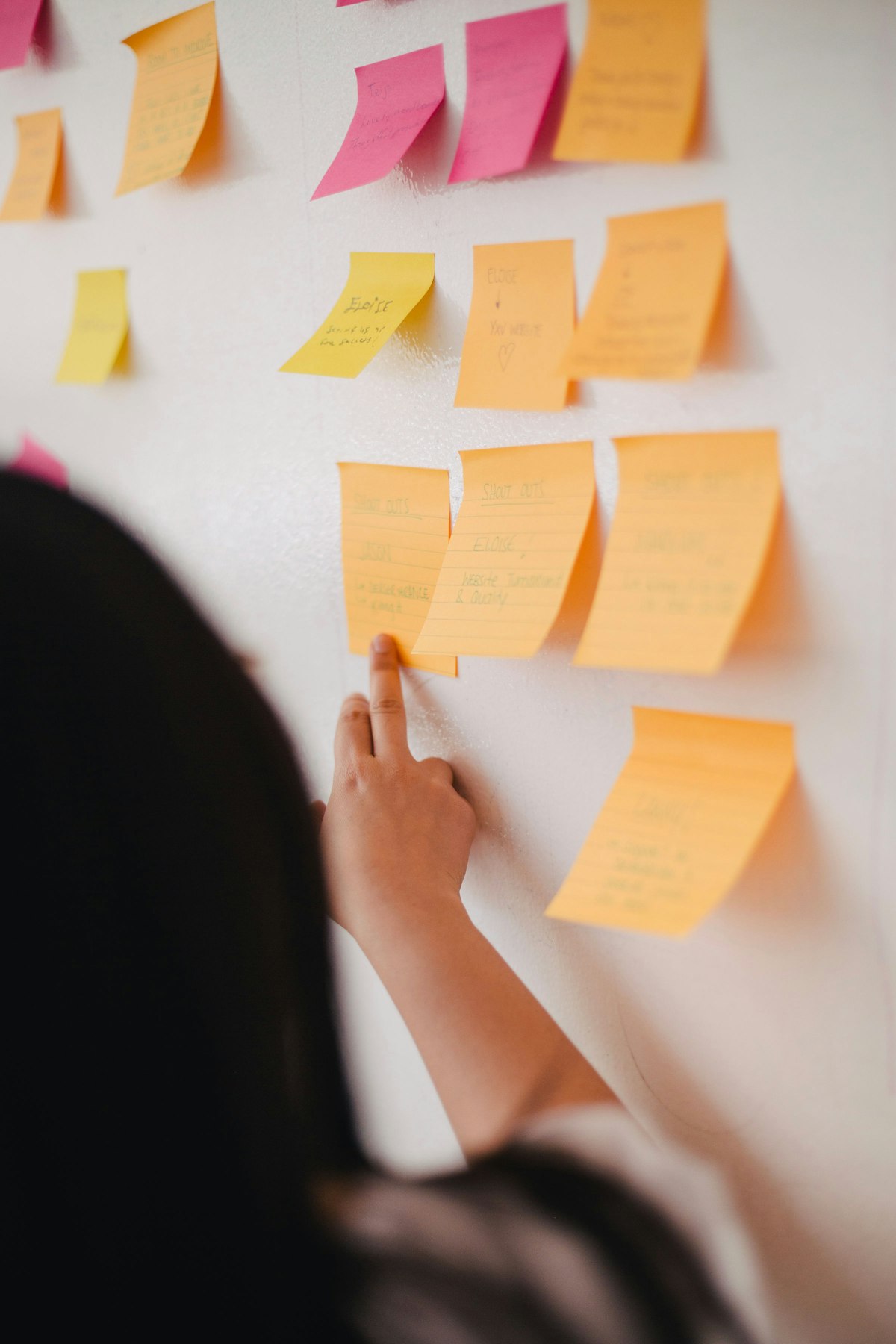Standing still in the rapidly evolving world is synonymous with falling behind. To stay ahead, companies need to foster a culture that encourages creativity and innovation, and one of the most effective ways to do this is through collective ideation. Collective ideation is the process of brainstorming as a group to generate ideas and solutions. This practice leverages diverse perspectives and encourages engagement, collaboration, and innovation.
While individual ideation can lead to unique ideas, collective ideation has the potential to take those ideas and expand, refine, and develop them further. When individuals bring diverse perspectives, experiences, and skills, the ideas generated are often more comprehensive and innovative.
The power of collective ideation lies in its ability to tap into the cumulative intelligence of the group. When people work together and build on each other's ideas, they can uncover solutions that may have yet to be apparent to one working alone. This creates a rich landscape for innovation and problem-solving.
The Process of Collective Ideation
While collective ideation seems straightforward, the process requires careful planning and facilitation. Here's a general step-by-step guide to effectively harness the power of collective ideation:
- Identify the Challenge: Clearly define the problem or challenge that needs to be addressed. This creates a clear goal for the ideation session.
- Assemble the Team: Gather diverse individuals to participate in the ideation session. Diversity in backgrounds, skills, and perspectives can enrich the brainstorming process.
- Facilitate the Session: Use facilitation techniques to encourage participation, ensure all voices are heard, and manage group dynamics.
- Generate Ideas: Employ different brainstorming techniques, such as mind-mapping or rapid ideation, to generate ideas.
- Refine and Develop Ideas: Evaluate the ideas generated and develop them further. This could involve grouping similar ideas, expanding on promising ideas, or combining ideas to create new ones.
- Implement and Test Ideas: Implement the most promising ideas and monitor their effectiveness. Be open to revisiting the ideation process if the ideas yield different results.
Facilitating an Inclusive Environment for Collective Ideation
Creating a psychologically safe and inclusive environment is critical to effective collective ideation. Participants should feel comfortable expressing their thoughts and ideas, even if they diverge from the majority. Encourage active listening and respect for all contributions.
Moreover, leaders can model inclusivity by actively seeking out quieter voices and ensuring that everyone has an opportunity to contribute. Remember, the goal is not to have a single "best" idea but to generate a wealth of ideas that can be refined and developed collaboratively.
Collective ideation is more than just brainstorming; it's a strategic process that leverages diversity and encourages collaboration to generate innovative solutions. By fostering an inclusive environment and facilitating effective ideation sessions, organizations can harness the power of collective ideation to drive creativity, innovation, and effective problem-solving.


